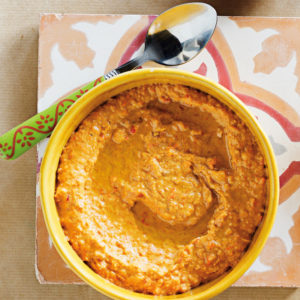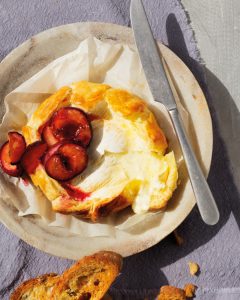Beans, beans,the magical fruit… Okay, well, they’re not a fruit, but they sure are magical and we’d like to show you just how great, yummy and diverse they really are.
KIDNEY BEANS
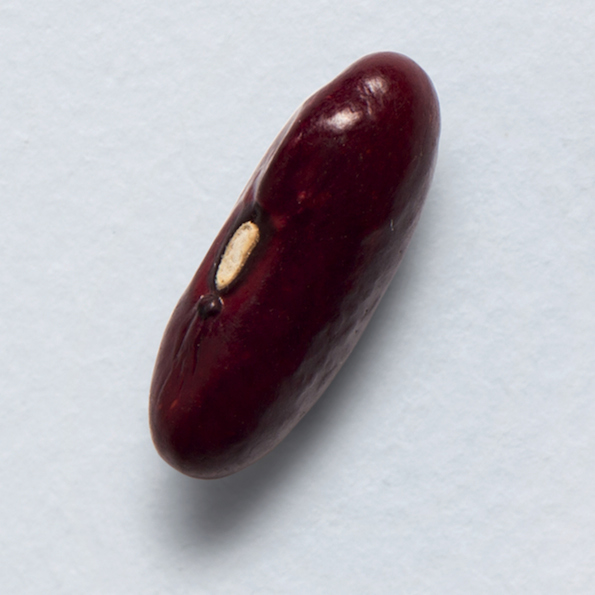
Dark reddish-brown and shaped like kidneys (obviously), their soft, creamy flesh works well in spicy dishes.
Best for: Bulking up chilli con carne (or making a veggie version); an attractive addition to salads; the base of rajma curry
BLACK-EYED PEAS
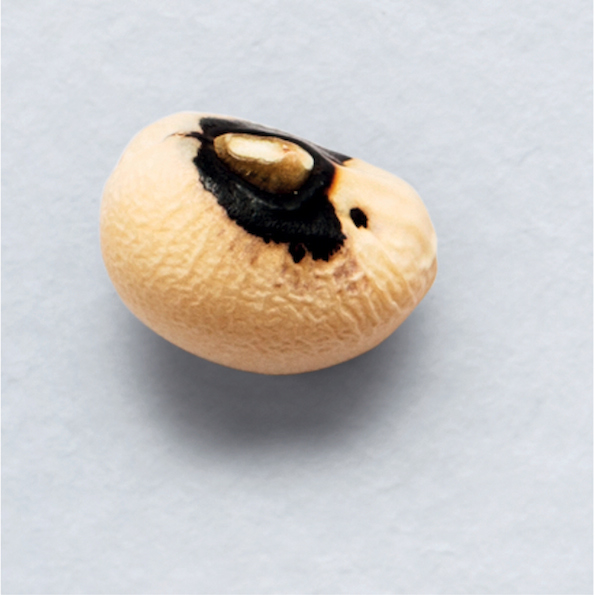
Technically beans, these small, pale legumes have a black ‘eye’ where they were joined to the pod. Popular in the Southern US, they are originally from West Africa.
Best for: Pairing with pork and leafy greens; adding bulk to stews
CANNELLINI BEANS
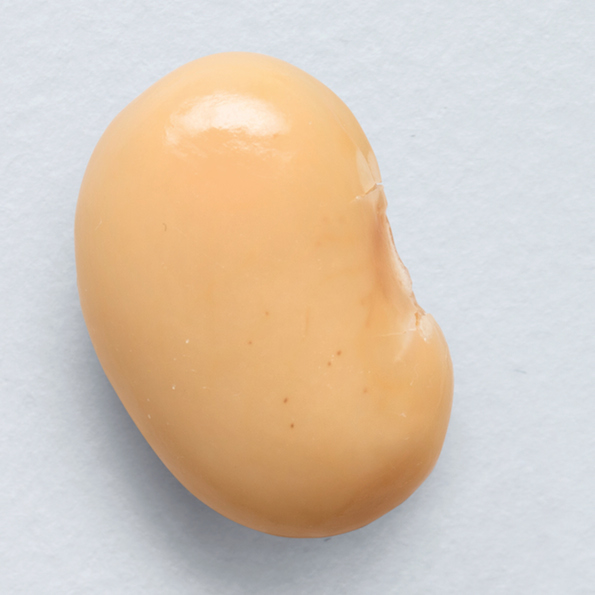
These also go by the name of ‘white kidney beans’ because of their shape, or ‘Italian beans’ because of their origin. They have a smooth texture and nutty flavour.
Best for: Key ingredient in minestrone; perfect for cassoulet (French stew)
SUGAR BEANS
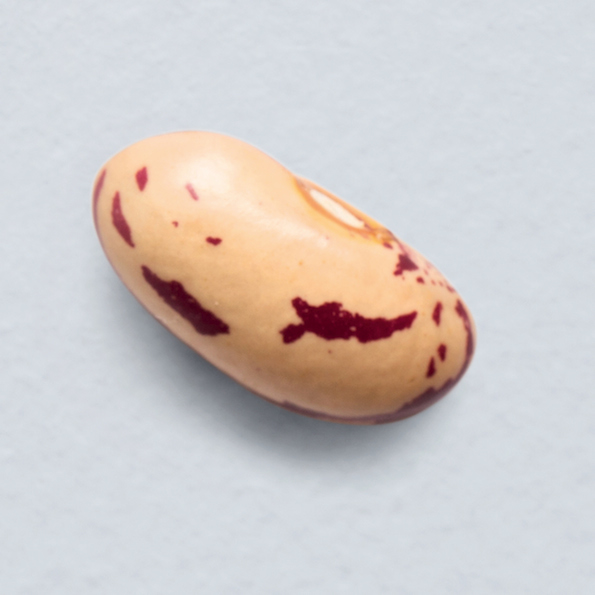
Small brown beans with red streaks, they are related to Italian borlotti and Mexican pinto beans. These are the most common dried beans available in most supermarkets.
Best for: Quintessential Durban curry; Mexican refried beans
BUTTER BEANS

These large, cream-coloured beans are called ‘lima beans’ in the US. They have a soft, floury texture when cooked.
Best for: Stews and casseroles; delicious vegetarian pâté
BLACK BEANS
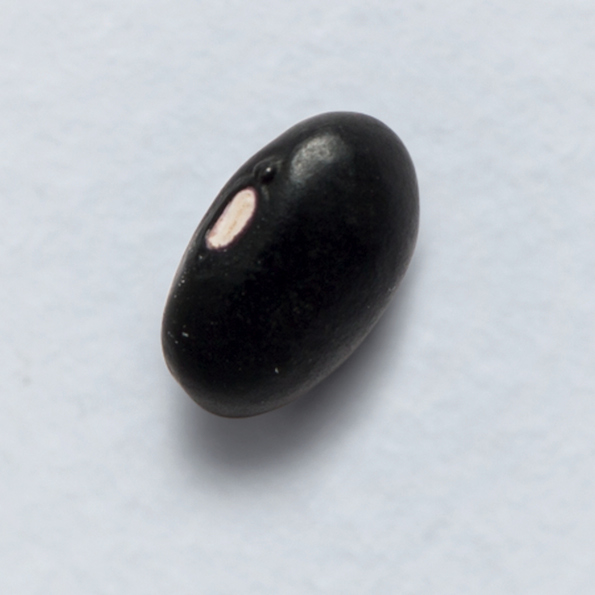
Small, dark beans with a dense, meaty texture. Not to be confused with douchi – fermented, salted black soybeans, a staple of Cantonese cooking.
Best for: Mexican classics such as burritos and enchiladas; Southern-style beans and rice
SOYBEANS

Pale, round beans originating in East Asia. Traditionally turned into tofu, tempeh and miso; today also used to make soy milk and meat substitutes. Fresh, green soybeans (edamame) are rare in SA, but dried soybeans are available at most grocers.
Best for: Making your own veggie burgers; growing bean sprouts



